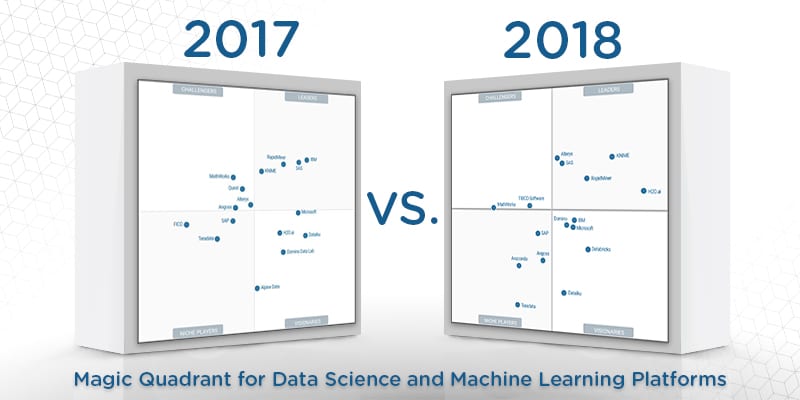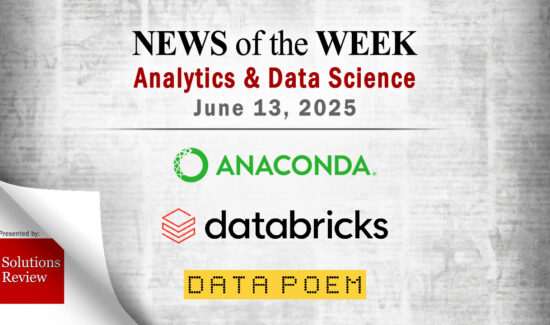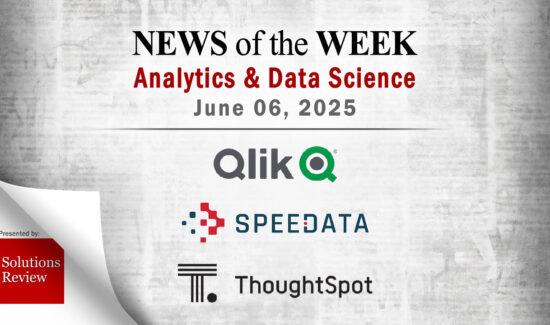What’s Changed: 2018 Gartner Magic Quadrant for Data Science and Machine-Learning Platforms


Analyst house Gartner, Inc. has officially released its 2018 Magic Quadrant for Data Science and Machine-Learning Platforms. In this report, Gartner adds machine learning as a major component of data science tools, adding that the topic warrants specific attention when evaluating the space. The re-naming of this Magic Quadrant speaks to the momentum machine learning currently exhibits in the data science marketplace.
Data science and machine learning platforms are defined as a “cohesive software application that offers a mixture of basic building blocks essential both for creating many kinds of data science solution.” Data science and machine learning platforms support data scientists in their efforts for data access, data preparation, data visualization, and a variety of predictive analytic functions.
In this Magic Quadrant, Gartner evaluates the strengths and weaknesses of 16 providers that it considers most significant in the marketplace, and provides readers with a graph (the Magic Quadrant) plotting the vendors based on their ability to execute and their completeness of vision. The graph is divided into four quadrants: niche players, challengers, visionaries, and leaders. At Solutions Review, we read the report, available here, and pulled out the key takeaways.
New vendors added to the report include Anaconda, Databricks, and TIBCO Software. Solution providers that no longer meet the criteria for inclusion are FICO, Quest, and Alpine Data.
KNIME’s completeness of vision score saw a dramatic improvement across the graph’s horizontal axis. Coupled with a commitment to open source, low TCO, and a cohesive platform for many data science skill levels, KNIME is now the top dog in this marketplace. However, Alteryx, a newly minted leader, and SAS, remain formidable foes. Alteryx made a considerable jump as well, improving in both axes. Alteryx made headlines in the last year with its acquisition of Yhat and the release of Alteryx Promote. RapidMiner, one of the four major players in the space, regressed in a few key metrics, but still holds a comfortable spot in this column.
TIBCO Software makes its debut in this Magic Quadrant as a market challenger. TIBCO had a big year, enhancing its portfolio of analytic offerings with acquisitions of Statistica and Alpine Data, as well as buying Cisco’s data virtualization unit. TIBCO now has several mature advanced analytic capabilities to integrate, but we fully expect to see them increase their standing even further in 2019. 2018’s only other market challenger, MathWorks, saw notable decline in its vertical standing. Its inability to provide support for open source languages threatens its status as we move ahead.
IBM, Microsoft, and Domino (formerly Domino Data Lab) form a cluster in the upper-left corner of the visionaries bracket. Although Microsoft only saw a minor regression in its vertical positioning, IBM’s collapse into this column is noteworthy. Gartner recognizes this change and attributes it to IBM lacking a single, comprehensive offering, as well as its continued transition to Data Science Experience (DSX). Domino improved its standing atop a tool-agnostic approach and recognition of increasingly popular open source frameworks. Founded by the creators of Apache Spark, Databricks debuts as a middling player in the visionaries column. Its strengths include the ability to work with very large datasets and innovative open source capabilities.
This year’s niche players quadrant features two decliners and two newbies. SAP and Teradata both saw major regression in their vertical standing, with the latter falling nearly off the map. Angoss is no stranger to the space, and has thrown significant resources at improving its open source support. It features strong ease of use in its KnowledgeSEEKER and KnowledgeSTUDIO products. Anaconda (formerly Continuum Analytics) offers strong Python and open source support, and specializes in federating and providing a central access point for developers who build machine learning capabilities. It makes its debut smack dab in the middle of the niche players quadrant.
Read Gartner’s 2018 Magic Quadrant for Analytics and Business Intelligence Platforms.
Related:
- Side-by-side BI and analytics product comparison guide
- What’s Changed: 2018 Gartner Magic Quadrant for Analytics and Business Intelligence Platforms
- What’s Changed: 2018 Gartner Magic Quadrant for Data Management Solutions for Analytics
- Forecast: 2018 Gartner Magic Quadrant for Analytics and Business Intelligence Platforms
- Data Science is (Still) the Best Job in America According to Glassdoor
- Data Science vs. Data Analytics; What’s the Difference?
- Gartner Names 4 Cool Vendors in Data Science and Machine Learning, 2017
- What’s Changed: 2017 Gartner Magic Quadrant for Data Science Platforms
- The 4 Major Players in Data Science Tools































